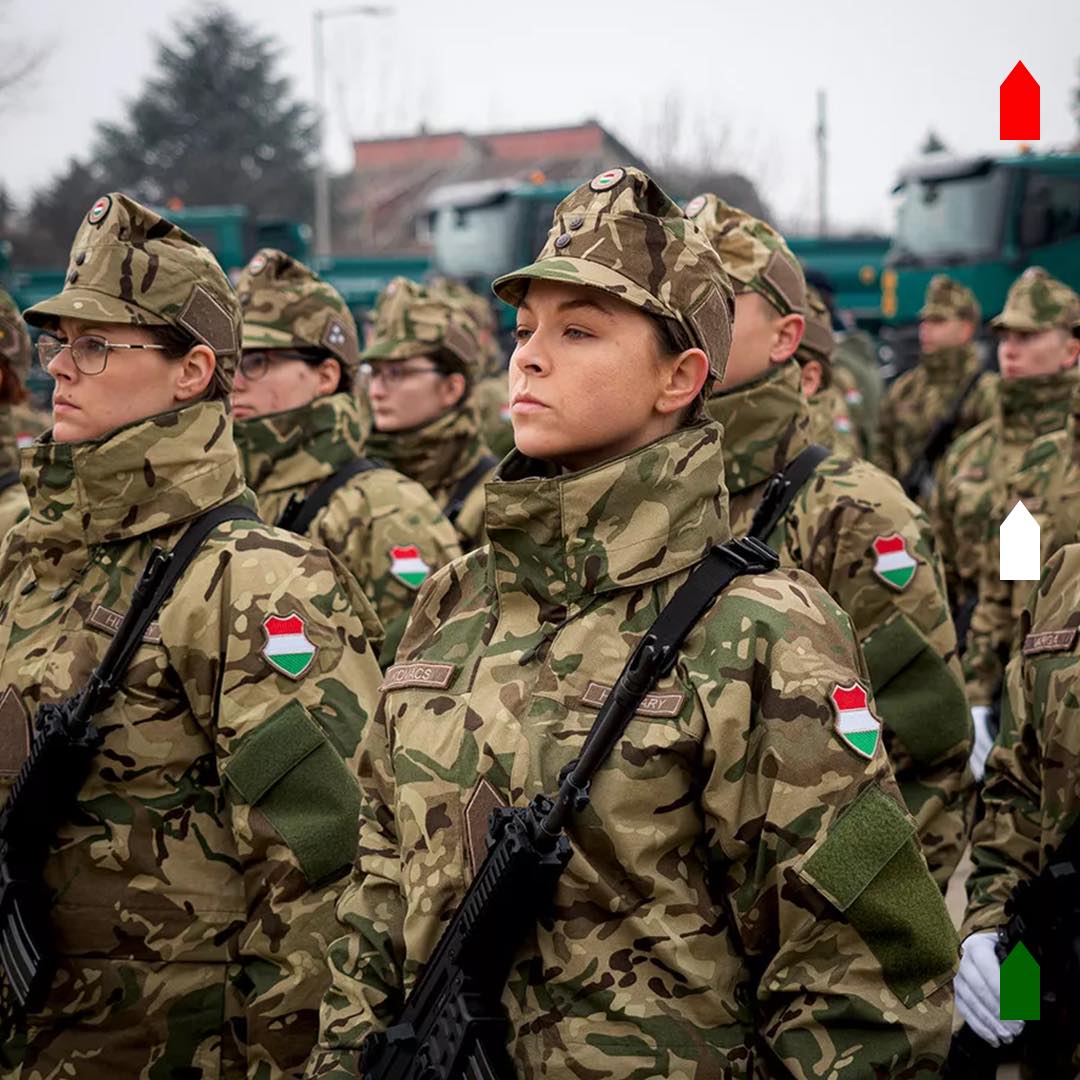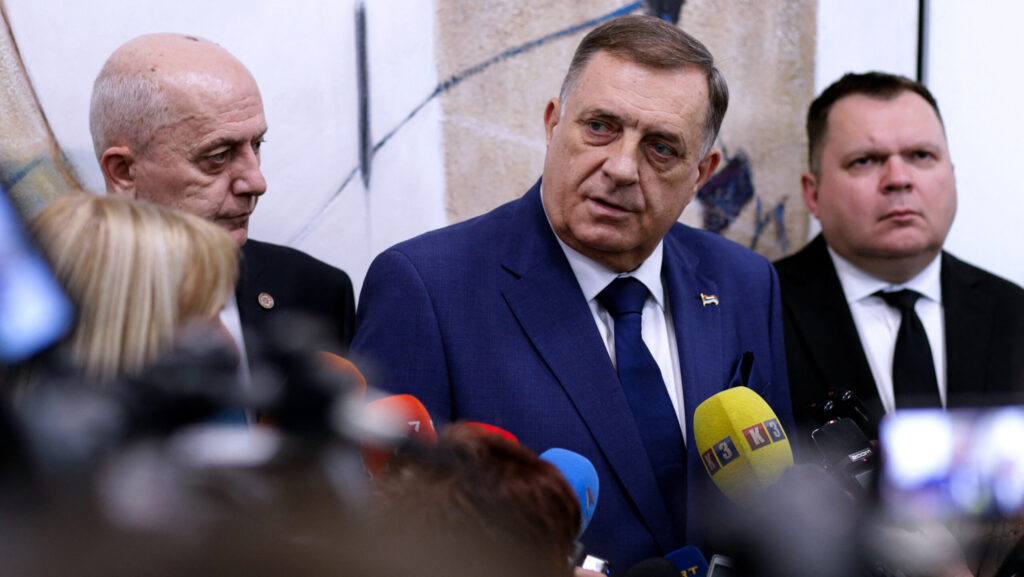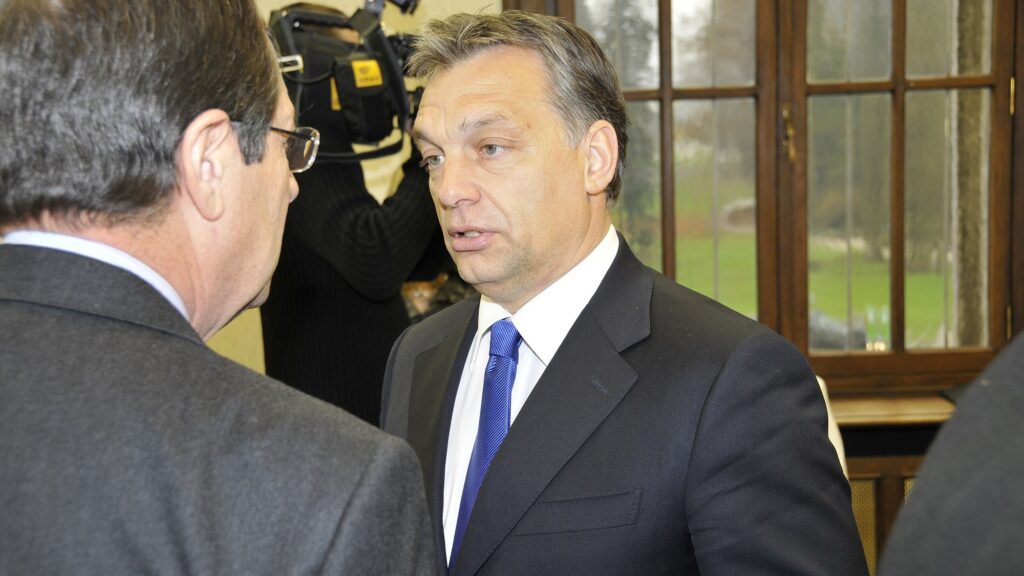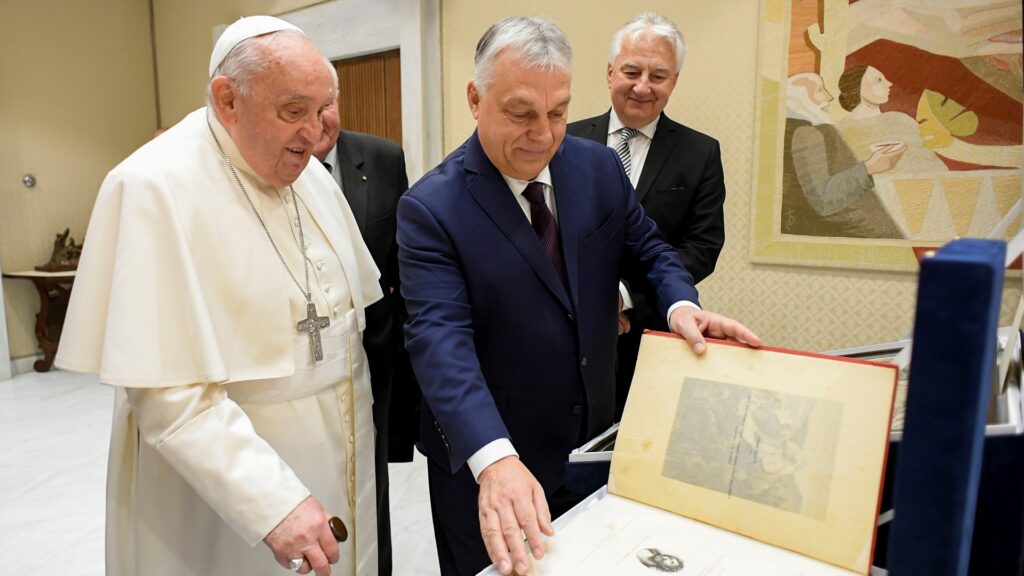Hungary has embarked on a major military build-up in recent years, which has involved more than just increasing the size of the armed forces and acquiring new military equipment. The force development launched by the Hungarian government is deeply reforming the defence sector as a whole by setting up a national defence industry, restructuring the Hungarian Defence Forces, and making a full contribution to NATO’s defence capabilities on the eastern flank of the alliance. Hungarian Minister of Defence Kristóf Szalay-Bobrovniczky talked about the current status of the country’s force development programme and its strategic goals in an exclusive interview with Index at the end of December.
Taking over the Ministry of Defence in a year of war in a neighbouring country is a major challenge. Overall, how do you assess the period since your ministerial hearing?
I am honoured to have been asked to take this role. At such a challenging time, it is important to strengthen people’s confidence in our national defence. It has been an eventful six months, with a number of important decisions. We had to accelerate force development, while not only did the misguided sanctions in Brussels not end the war—as EU leaders initially believed—but they also brought global economic difficulties. The Defence Fund was created to guarantee that the process would continue. First, the pay gap had to be addressed. Procurement was started to ensure that soldiers were fully equipped with individual, modern and uniform equipment. The reorganisation of the armed forces also began, with a view to rationalization.
The world-renowned geopolitical strategist George Friedman recently told Index that today’s Europe lives in a fantasy world in which wars have already happened and will never come again. Part of this fantasy is that once the conflict in Ukraine is over, Russia will not re-launch later in the East if its interests require it. What do you think about all this?
It is hard to argue with him. The world has taken a big turn with the outbreak of the Russian-Ukrainian conflict, paradigms have been shattered. The world’s progressive elites have been inculcating the view that world peace has come, that armed conflict is now unthinkable in a civilized world. As a result, everyone tended to reduce their forces, there were underfunded armies all over Europe, and unfortunately, Hungary joined this trend. In the early 2000s, under the left-wing governments, the state of Hungarian defence declined.
A few years ago, the US already declared in NATO that they did not want to finance the entire defence organisation on their own anymore, so everyone should contribute proportionately to the common expenditure. In that respect, we have reached a point when every country recruits, arms and spends at least 2 per cent of GDP on defence. Fortunately, Hungary had taken action long before the war created such a rush for defence industrial capacity—around 2016–2017. By then, procurement had already started, deliberately relying on European, mainly German, equipment and suppliers. In addition to the purchased technology, we also started to push for the modernization of the Hungarian defence industry and domestic production. Hungary’s courageous, prudent and conscious policy is now also paying off.
The Rheinmetall cooperation and the Zala Zone[1] are key elements of the national defence industrial strategy. On the equipment side, what are the first tangible results of the building of a modern army?
Investments are going on in parallel across the country, but the first really visible partial result will be the launch of the Lynx armoured infantry fighting vehicle in June. The building is already in place at the ZalaZone, and the production equipment and machine tools are being installed. Assembly will start in January. It is a process that will take several months, but in cooperation with the Rheinmetall, the current state-of-the-art vehicles will now be continuously produced and will be the first to be systematized in the Hungarian army.
There is already a great interest around the world in the tanks produced in Zalaegerszeg. The tank test track is also a real novelty. The explosives and ammunition factory in Várpalota is very important as well, and it is no exaggeration to say that it is of strategic importance for the defence industry of the whole of Europe. In addition to the Lynx KF41s, priority acquisitions include NASAMS air defence systems, Swedish Carl-Gustaf M4 anti-tank guns, German Leopard 2A7HU tanks, and CZ Bren handguns manufactured in Kiskunfélegyháza. Our country’s primary goal is to build a dedicated, capable, and deterrent army. To this end, our soldiers must be equipped with the most modern weapons and equipment. We have recently signed a joint venture agreement with Dynamit Nobel Defence, which will allow us to produce their shoulder-launched rocket launchers and their main components on their production lines in Hungary in the coming years.
We are building an ‘iron dome’ over Hungary from elements of the Israeli system. Israeli-made short-, medium- and long-range radar systems are coming in, complemented by Norwegian-American-made anti-aircraft missiles. These will work in tandem to secure Hungary’s airspace in a similar way to Israel’s Iron Dome. This will give Hungary the cutting edge of military technology in air defence.
I am confident that we will create a functioning, profitable industry that will be another engine of the Hungarian economy.
In addition to job creation and tax revenues, a strong domestic defence industry is important because it reduces our dependence on foreign suppliers and thus increases our security. In the medium term, the products of the Hungarian defence industry will appear on international markets, further increasing the international weight of our country. The huge potential of the Hungarian defence industry can unfold at the best possible time, as one of the recurring themes of EU defence ministerial discussions is that stocks are being depleted and there is insufficient capacity for after-market production.
As former ambassador to London, you are well-versed in the world of diplomacy. Which countries would you strengthen international relations with?
NATO membership is a priority for Hungary. We are part of a strong defence alliance which can only function effectively if it is based on strong national forces. If everyone does his or her part conscientiously, more will be added to the common good, so that we can count on the community to be able to defend us effectively if we are attacked. We are committed to our responsibilities as members. One of the important aspects of this is that we have a NATO headquarters (Multinational Division Centre in Székesfehérvár), which gives us a special position even within the Alliance.
We have a large presence in the Western Balkans, in Kosovo as part of NATO’s KFOR mission, and in Bosnia and Herzegovina as part of EUFOR ALTHEA. In KFOR, we also had the opportunity to hold the position of commander for a year, and it is no exaggeration to say that Major General Ferenc Kajári has become world-famous within NATO. We are therefore proactive in NATO’s work, both in terms of decision-making and making our voice heard. However, we are very cautious not to get drawn into the war in Ukraine. It is very thin ice whether one is supplying arms to Ukraine independently or as a NATO member, and we consistently refrain from both. Our air force is also involved in the air defence tasks of the Baltic States and Slovenia, and together with the V4 countries we are negotiating with Slovakia about cooperation in air policing.
Bilateral meetings are also very important, my first official trip was to Germany, for example, but I have also been to Israel, and neighbouring countries such as Austria, Slovakia, and Lithuania.
The 842 billion HUF accumulated in the defence fund added to the annual defence spending in next year’s budget opens up new horizons, this way the country will truly fulfil the NATO commitment to spend 2 per cent of GDP on the military. But the Hungarian Defence Minister has voiced an even more ambitious goal.
The government’s national strategic objective is to strengthen the armed forces, therefore we are committed to fulfilling our NATO commitments. We must increase the weight of the Hungarian armed forces within the budget if we want to achieve deterrence. When I talk to the defence ministers of any NATO member state, they already mention targets of 2.5–3 per cent, and we believe it is reasonable to set similarly ambitious goals.
[1] The ZalaZone innovation hub is a long-term project comprising a test field for automated vehicles suitable for traditional, electronic and automated vehicles, a ‘smart city’ architecture concept, and a research and technology centre near the town of Zalaegerszeg.
Read Next








